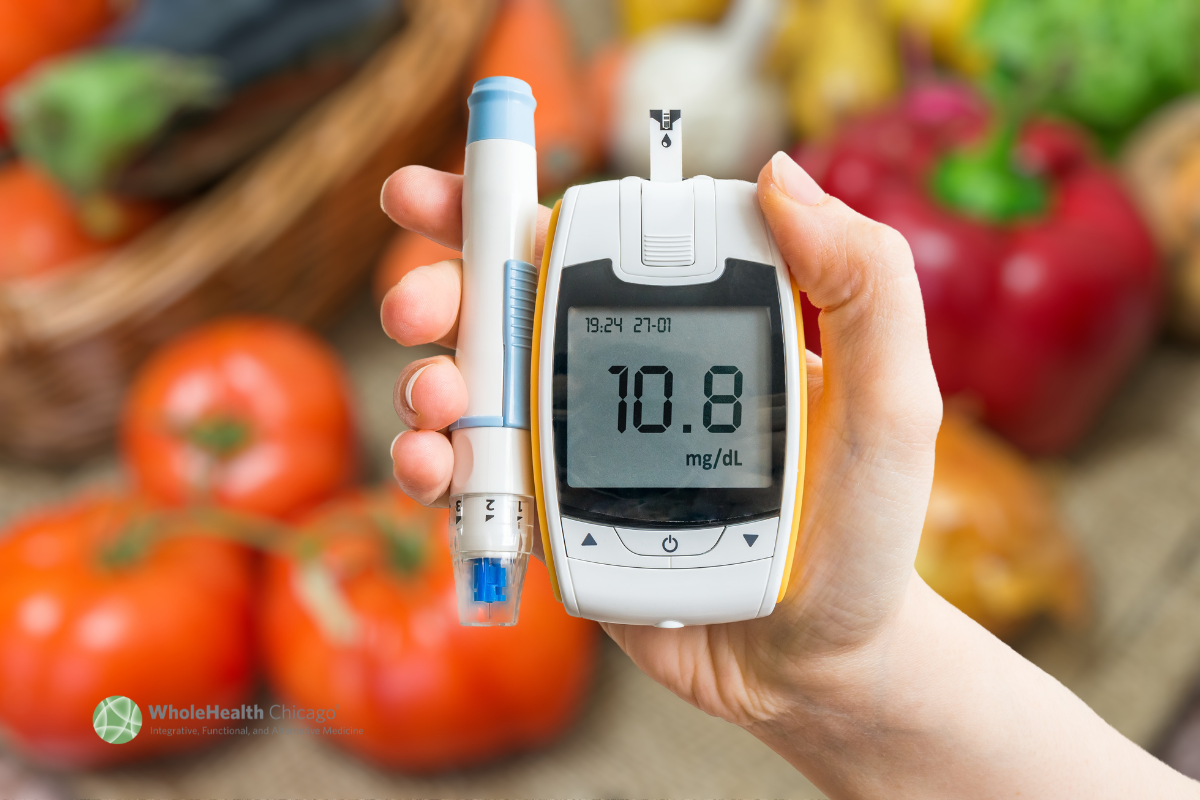When I was in medical school, I was repeatedly told, “If you learn ‘diabetes’, you’ll learn all you’ll need to be a good doctor.”
I soon learned the basis of this cryptic sentence was that diabetes, whether Type 1 (childhood) or Type 2 (the far more common adult onset), if left unchecked, could go on to damage virtually every organ in your body, from your eyes to your toes, and your heart, intestines and kidneys in-between. It does this havoc by damaging your blood vessels (which travel everywhere), your nerves (ditto), and the swings of your unruly levels of blood sugar as you and your practitioner attempt to get it under control.
Currently, about 40 million Americans, or 12% of the population, are diabetic. Of these, 10 million are unaware of their diagnosis and remain in ignorance of their disease until they develop a ‘complication’ (heart disease, kidney disease, etc.), or get a routine blood test and are found to have very high blood sugar (glucose levels).
Far more common than diabetes itself is a condition termed “pre-diabetes”, which means that according to the result of a specific lab test, the hemoglobin A-1-c (abbreviated HbA1c and also called glycated hemoglobin), there’s a good chance you’ll have diabetes in your future. Hemoglobin is a molecule in your blood carrying oxygen; HbA1c carries oxygen and glucose, and measuring levels of it give an estimate of your glucose levels over the previous 2-3 months.
A normal level of HbA1c is less than 5.7% of your circulating hemoglobin.
If your levels are higher than 5.7%, but lower than 6.4%, you are considered “pre-diabetic”, (and sorry) but unless you take matters seriously, the odds are against you that you will avoid diabetes in the future. If your HbA1c is 6.5% or higher on two separate tests, you are considered “diabetic”.
If you know you are diabetic, and under medical management, you’re likely getting your HbA1c tested regularly. In your case, getting you back down to 7.5% is considered a goal of treatment as most diabetic “complications” occur when your HbA1c is 7.5% or higher.
When I said (sadly) that unless you took matters seriously when you were told you were “pre-diabetic”, the odds were against you avoiding diabetes and its myriad of complications in the future. According to the American Diabetes Association, 70% of patients with pre-diabetes will go on to develop diabetes.
Although next week we’ll talk more about treatment of pre-diabetes and how to steer away from the path to diabetes, let me end with an example of a case history woefully familiar to every primary care physician on the planet. Bob is a friend, but (Thank Heaven!) not a patient, and for decades, has greeted so many of my suggestions with a contemptuous snort that I stopped giving them long ago. He has also never read any of my Health Tips claiming something about being “too hard to sign up”. (So I know this will not be read by him).
With no family history of diabetes, Bob has always been proud of his normal blood pressure and normal cholesterol and has always felt “well”. However, he has always been 40-50 lbs overweight and completely inactive. His main sport is channel surfing. Sometime in his late forties, he was told he was pre-diabetic, correctly prescribed metformin (more next week), then as his HbA1c kept rising, was given more and more oral diabetic meds, insulin, then higher and higher doses of insulin, and finally Ozempic.
But as the HbA1c stabilized with Ozempic, complications of diabetes stepped in. His kidney function declined. With diabetes you’re more susceptible to infections, and Bob was hospitalized with kidney infections and pneumonia; due to diabetic nerve damage, he sometimes can’t feel his feet, at other times, has jolts of pain; because of diabetic blood vessel disease, one of his toes was recently amputated and his doctor is considering another. He suffers a poorly understood phenomenon called “diabetic fatigue” with orthostatic hypotension (literally too tired to stand up) and nightly insomnia.
Yes, in case you were curious, at this point he can’t live on his own. He is in a nursing home and most likely he’ll need to sell his condo to pay the bill.
Next week, I’ll write about avoiding this.
Be well,
David Edelberg, MD

SORRY!! Doctors of a certain generation (mine) inadvertently do continue to use the outdated terminology. As you know, Type 1 was called “juvenile” because most cases did appear in kids, often after a viral infection that triggered an autoimmune response against the insulin producing cells of their pancreas. Unlike Type 2 which was gradual and appeared after years of unhealthy lifestyle choices, Type 1 was often sudden, appearing in an otherwise healthy person. Again, accept my apologies for this
Dr. E
I am very disappointed to see you refer to Type 1 as “juvenile” diabetes in this article. You can get Type 1 at any age, and I’ve read more than half of new cases are diagnosed in adults. It is harmful to perpetuate the idea that Type 1 is only a childhood disease as it leads to misdiagnosis in adults. I was misdiagnosed as Type 2 for seven years and suffered quite a lot because of that. When I finally go the proper diagnosis of Type 1 at the age of 41, I was able to manage my disease properly. As a patient at WholeHealth, I would hope that the organization knows and recognizes that referring to Type 1 as “juvenile” diabetes is an outdated view. Thank you.
Lydia